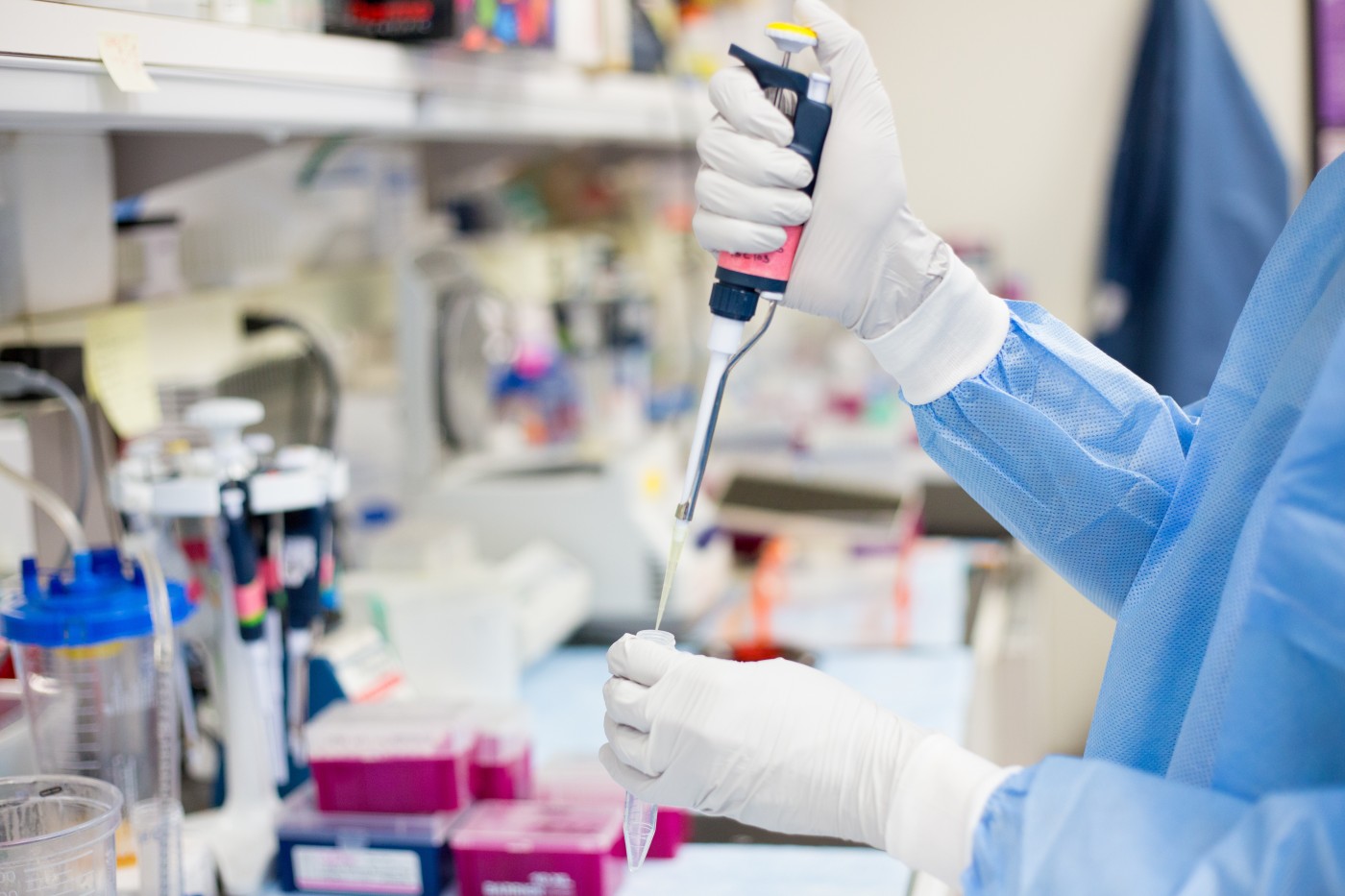According to a recent report by business intelligence provider GBI Research, the breast cancer pipeline is the most active in the pharmaceutical industry with 1,050 products in development across all stages and 347 first-in-class programs. These numbers may considerably change the clinical and business outlook of the breast cancer market in the next decade, the report said.
The report analyzed innovation in breast cancer in the context of the overall pipeline and current market landscape. Factors driving this market include a large and growing patient pool, a well-established disease market with a number of strong unmet needs, and an understanding of the disease pathophysiology that has developed over the last decade, facilitating the development of novel compounds that may fill unmet needs.
“Breast cancer has the largest product pipeline in the pharmaceutical industry, and its significant patient population and successful commercialization of drugs such as Herceptin have attracted a great deal of R&D investment,” Dominic Trewartha, managing analyst for GBI Research, said in a press release. “The sheer number of first-in-class products in development reflects a deepening scientific understanding of the underlying pathophysiology of breast cancer and a growing list of molecules that have been implicated in the initiation and progression of the disease.”
“Although the development of products for novel molecular targets is risky, as their role in disease pathophysiology is often poorly characterized, the breast cancer pipeline also has the potential to yield therapies that outperform existing products and mechanisms of action,” Trewartha’s report stated.
Even though the cure rate for early-stage breast cancer is high, and the safety and tolerability profiles of available monoclonal Antibodies are robust, advanced forms of the disease, such as metastatic cancer, are not easy to treat.
“Due to the highly complex and polygenic nature of breast cancer, it is unlikely that the inhibition of a single target will be sufficient to substantially improve the prognosis in the clinic,” Trewartha wrote.
“However, it is far more likely that the concurrent use of multiple targeted therapies, along with other available modes of therapy, will be able to do this, which will positively change the clinical landscape,” he concluded.

